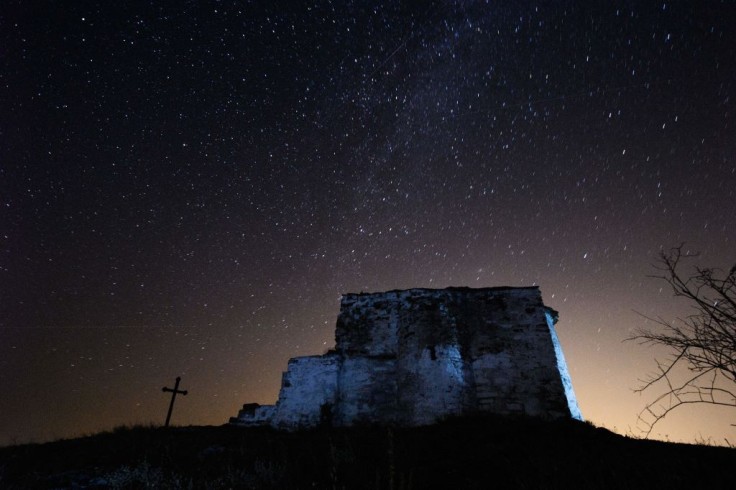
University of Copenhagen's Cosmic Dawn Center researchers have discovered ancient galaxies hiding beyond cosmic dust.
Ancient Galaxy Found Behind Cosmic Dust!
Researchers at the Niels Bohr Institute at the University of Copenhagen have identified two previously undiscovered ancient galaxies at roughly 29 billion light-years away from the planet Earth, per the University of Copenhagen.
The two galaxies have been buried under a thick layer of cosmic dust that surrounds them, making each galaxy undetectable to the Hubble Space Telescope's optical lens.
Gizmodo notd that the said ancient galaxies are the REBELS-12-2 and REBELS-29-2. Since these galaxies originated shortly after the Big Bang, the light from these galaxies took 13 billion years to reach us.
According to the new study published by Nature, the ancient galaxies may have escaped discovery until now since the view for these galaxies is blocked by vast layers of cosmic dust. The Hubble Space Telescope, despite its immense power, was unable to view through the cosmic haze.
On the other hand, the two unseen ancient galaxies were discovered with the assistance of the gigantic Atacama Large Millimeter Array (ALMA) radio telescopes located in Chile's the Atacama Desert. In addition, it can also record radio waves generated from the universe's coldest, deepest depths.
For those who are wondering how the ALMA radio telescope works, the ALMA observatory stated that its 66 antennas function as a single enormous telescope that uses interferometry. It is a method wherein two or more antennas pick up a signal from the universe and combine their efforts to analyze the signal and determine its source of emission, whether it is a star, planet or galaxy.
Moreover, an astronomer from the Niels Bohr Institute's Cosmic Dawn Center in Copenhagen Pascal Oesch stated that they were looking at a sample of extremely distant galaxies. Oesch added that they noticed that two of the galaxies had a neighbor in which they did not expect to see.
"As both of these neighboring galaxies are surrounded by dust, some of their light is blocked, making them invisible to Hubble," the astronomer furthered.
Oesch specializes in locating the universe's most distant galaxies. He and his colleagues discovered more than a 13-billion-year-old galaxy in 2016, breaking the previous record for cosmic distance. The said galaxy appeared 400 million years after the Big Bang.
In addition to this, the University of Copenhagen noted that there will be a new space telescope to find missing galaxies.
New Space Telescope Will Help Find Missing Galaxies
NASA, ESA, and the Canadian Space Agency have collaborated to build the James Webb Space Telescope, which will be put into orbit on December 18, 2021.
Through its increased power and enhanced technology, the telescope will be able to see much further into the cosmos and give fresh insights into its beginnings.
With that being stated, the new telescope will aid the Cosmic Dawn researchers from Niels Bohr Institute in seeing through the cosmic dust.
"The next step is to identify the galaxies we overlooked because there are far more than we thought. That's where the James Webb Telescope will be a huge step forward. It will be much more sensitive than Hubble and able to investigate longer wavelengths, which ought to allow us to see these hidden galaxies with ease," Pascal Oesch clarified.









